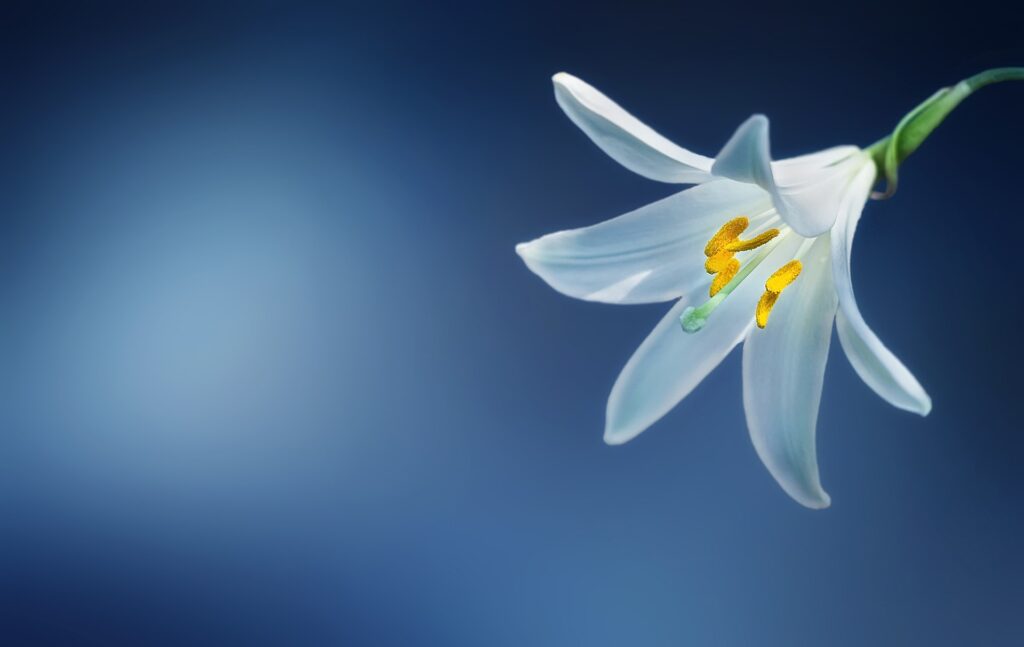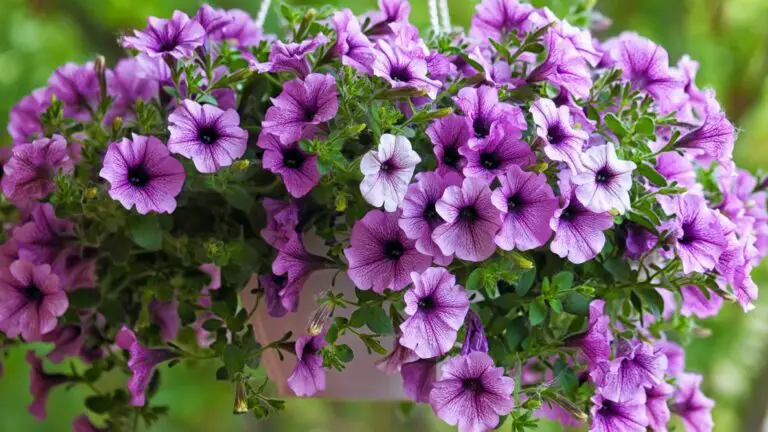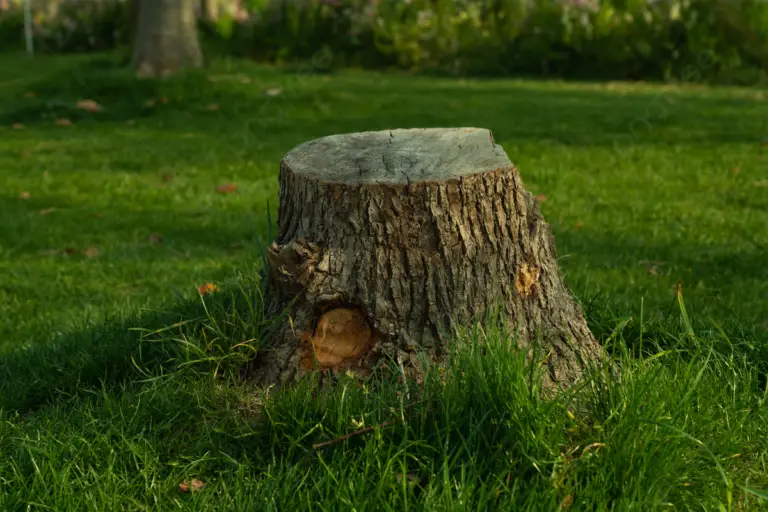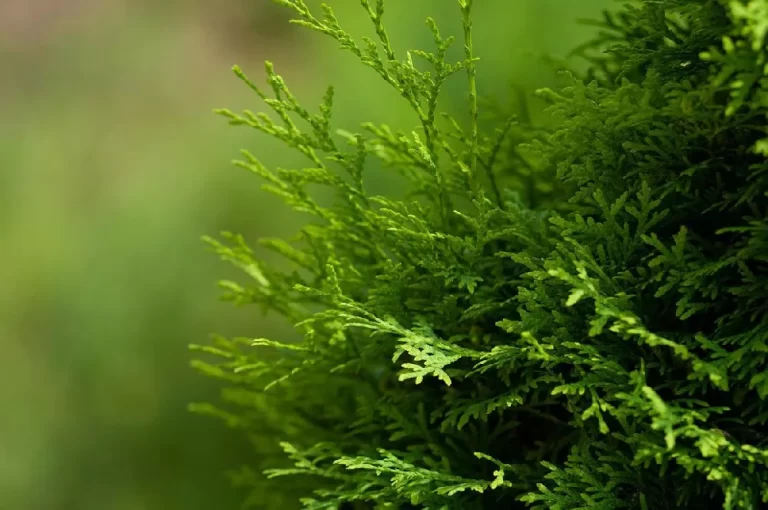Types of Lilies: A Comprehensive Guide

Lilies are one of the most popular flowers in the world, known for their striking beauty and pleasant fragrance. With over 100 species and thousands of cultivars, lilies come in a wide range of colors, shapes, and sizes. From the elegant and classic white Madonna lily to the vibrant and exotic tiger lily, there is a type of lily for every taste and occasion.
One of the most popular types of lilies is the Asiatic lily, which is known for its bright colors and sturdy stems. Asiatic lilies come in a variety of shades, including red, orange, yellow, and pink, and are often used in cut flower arrangements. Another popular type of lily is the Oriental lily, which is known for its large, fragrant blooms and bold colors. Oriental lilies come in shades of white, pink, and red, and are often used in bridal bouquets and other special occasions.
Classification of Lilies
Lilies are classified into two main categories: species lilies and hybrid lilies.
Species Lilies
Species lilies are lilies that exist in nature without any human intervention. They are also known as wild lilies. These lilies are native to different parts of the world, and they have unique characteristics that distinguish them from other types of lilies. Species lilies are further classified into nine divisions based on their physical characteristics, such as the shape of their flowers, the color of their petals, and the size of their bulbs.
Hybrid Lilies
Hybrid lilies are lilies that are created by crossbreeding two or more species of lilies. Hybridization allows for the creation of new lilies with unique characteristics that are not found in any of the parent species. Hybrid lilies are classified into different groups based on their parentage, such as Asiatic hybrids, Oriental hybrids, Trumpet hybrids, and more.
Hybrid lilies are further classified based on their flower form, which includes single, double, and triple forms. They are also classified based on their blooming season, which includes early, mid, and late-season bloomers.
In conclusion, the classification of lilies is essential for understanding the different types of lilies and their unique characteristics. By knowing the classification of lilies, gardeners can choose the right lilies for their gardens and create beautiful displays of these stunning flowers.
Cultivation and Care
Planting
Lilies are best planted in the fall or early spring. They prefer well-drained soil with a pH of 6.0 to 6.5. The planting depth should be three times the height of the bulb. It is important to plant them in an area with full sun or partial shade. Lilies can be planted in containers or in the ground.
Maintenance
Lilies require regular watering, especially during dry periods. Mulching around the base of the plant can help to retain moisture and suppress weeds. Deadheading spent blooms will encourage more flowers to grow. It is important to remove any yellow or damaged leaves to prevent the spread of disease.
Pest and Disease Management
Lilies are susceptible to a few pests and diseases. Aphids and thrips can be controlled with insecticidal soap or neem oil. Red lily beetles can be handpicked or controlled with insecticides. Botrytis blight can be prevented by removing any infected plant material and providing good air circulation. Fusarium wilt can be prevented by planting in well-drained soil and avoiding overhead watering.
Overall, with proper care and attention, lilies can be a beautiful addition to any garden or landscape.
Popular Lily Varieties
Asiatic Lilies
Asiatic lilies are known for their bright colors and early blooms. They are easy to grow and come in a wide range of colors, including yellow, pink, orange, and red. Some popular Asiatic lily varieties include ‘Enchantment’, ‘Navona’, and ‘Landini’. These lilies are perfect for adding a pop of color to your garden or for use in cut flower arrangements.
Oriental Lilies
Oriental lilies are known for their large, fragrant blooms. They are often used in floral arrangements and are popular for weddings and other special occasions. Some popular Oriental lily varieties include ‘Stargazer’, ‘Casa Blanca’, and ‘Muscadet’. These lilies are perfect for adding a touch of elegance and fragrance to your garden or home.
Trumpet Lilies
Trumpet lilies are known for their large, trumpet-shaped blooms. They are often used as focal points in garden beds and borders. Some popular trumpet lily varieties include ‘African Queen’, ‘Golden Splendor’, and ‘Regale’. These lilies are perfect for adding height and drama to your garden.
Martagon Lilies
Martagon lilies are known for their unique, downward-facing blooms. They are often used in woodland gardens and are popular for their hardiness and long-lasting blooms. Some popular Martagon lily varieties include ‘Claude Shride’, ‘Russian Morning’, and ‘Turk’s Cap’. These lilies are perfect for adding a touch of whimsy and charm to your garden.
Overall, these popular lily varieties offer a wide range of colors, sizes, and shapes to choose from. Whether you are looking for a bright pop of color or a fragrant addition to your garden, there is a lily variety that is perfect for your needs.
Frequently Asked Questions (FAQs)
Q: What are the different varieties of lilies commonly found in gardens?
A: There are several varieties of lilies commonly found in gardens, including Asiatic lilies, Oriental lilies, Trumpet lilies, Martagon lilies, and more.
Q: Can you provide a list of lily species along with their images?
A: Yes, a quick online search will provide you with a list of lily species along with their images. You can also find books and magazines that showcase different varieties of lilies.
Q: How do lily varieties differ when grown indoors versus outdoors?
A: Lily varieties differ when grown indoors versus outdoors in terms of their growth rate, size, and overall appearance. Indoor lilies usually grow smaller and require more care than outdoor lilies.
Q: Which lily species is considered the most visually appealing?
A: Beauty is subjective, and different people have different preferences. However, Oriental lilies are often considered the most visually appealing due to their large and fragrant blooms.
Q: What are the distinguishing characteristics between true lilies and daylilies?
A: True lilies belong to the genus Lilium and have six petals and six stamens, while daylilies belong to the genus Hemerocallis and have three petals and six stamens. True lilies are also generally taller and have larger blooms than daylilies.
Q: What flower varieties are often confused with lilies due to their appearance?
A: Some flower varieties that are often confused with lilies due to their appearance include daylilies, calla lilies, and lily of the valley. However, these flowers are not true lilies and belong to different genera.
Final Thoughts
The diverse world of lilies offers an enchanting array of choices for gardeners and flower enthusiasts alike. From the traditional Easter lilies, known for their pure white blooms and heavenly fragrance, to the strikingly bright orange petals of the Orange Pixie Lily, each variety adds a unique charm to any garden. The Easter Lily, a symbol of purity and renewal, is especially popular during the spring season, bringing fragrant flowers into homes and gardens.
For those seeking a touch of vibrant color, the Canada Lilies and their bright orange flowers are a perfect choice, blending wild beauty with elegance. Planting lily bulbs, such as the majestic Canada Lily or the resplendent Golden Rayed Lilies, can transform your garden into a breathtaking oasis of colors and scents. These bulbs are easy to plant and care for, making them ideal for both novice and experienced gardeners.
The Tiger Lilies, with their bold, bright orange flowers, are particularly striking, creating a visual feast that captivates the eye. By choosing the right types of lilies, such as the fragrant Easter Lily or the dazzling Orange Pixie Lily, you can enjoy a garden that is not only beautiful but also a haven for pollinators and a source of joy throughout the blooming season.








